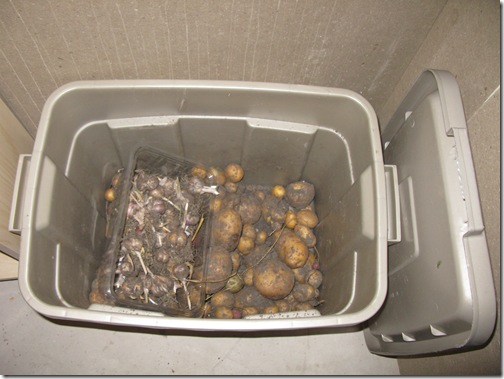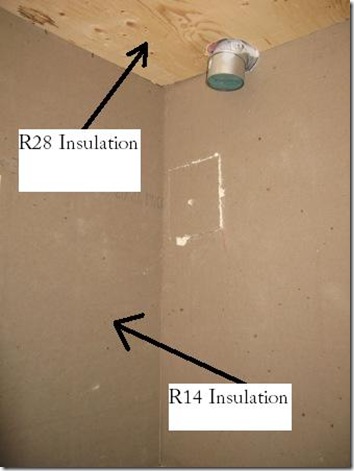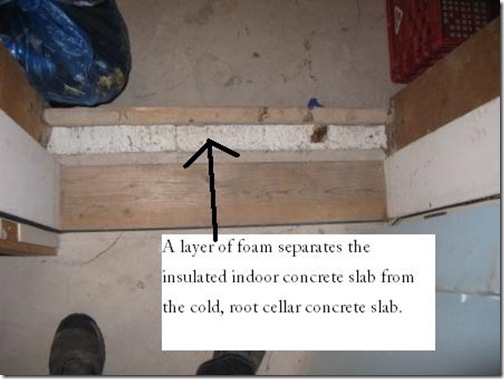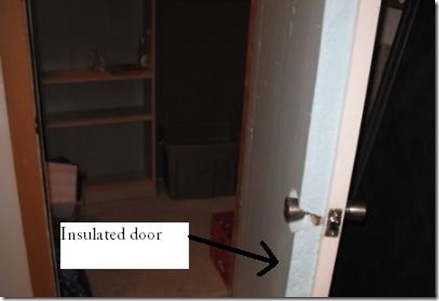Apache Seeds Ltd., 10136 - 149 Street, Edmonton, AB
Seeds for food-bearing plants are one of our most precious assets. Bred and tested over the ten thousand years that humanity has been farming, the seeds that we propagate today produce miraculous amounts and varieties of foods. There are entities and organizations in Canada that research and protect these treasures, but we could be doing much more. Specifically, I would like to see Alberta fund a university research centre to further research and preserve knowledge in the area of cold-climate agriculture and gardening. I think that they have a strong program like I’ve described at the University of Saskatchewan (to be honest, we could have something like that in Alberta that I’ve never heard of. Please comment if you can enlighten me).
We do have a burgeoning culture emerging around the issue of seeds. Edmonton’s annual Seedy Sunday event (for those “interested in plant biodiversity, heritage gardening, organic gardening, and seeds”) is happening this year at Alberta Avenue Community Hall (9210 118 Ave NW) on Sunday March 20, 2011 from 11-4.
And we have a local institution, Apache Seeds, Ltd. I went there today since it’s time to plant onions indoors. There’s no other place that I know of that carries garden seeds at this time of year (especially not unusual ones like onion seeds) .
As the old-timey sign implies, Apache Seeds is a long-time Edmonton company. I don’t know much about its history, but its reputation suggests that it is THE place to go if you need anything beyond your run-of-the-mill tomato and corn seeds.
I wasn’t disappointed. Apache has hundreds of different kinds of seed packets from at least seven or eight different companies. They have heirloom and organic seeds. Bulk seeds. Even grass seed (including drought-tolerant grass seed, which I have had problems finding I the past).
I had four or five kinds of onion and leek seeds to choose from, plus I picked up some eggplant and pepper seeds.
seeds read more... »

_thumb.jpg)
_thumb.jpg)




_thumb.jpg)
_thumb.jpg)
_thumb.jpg)
